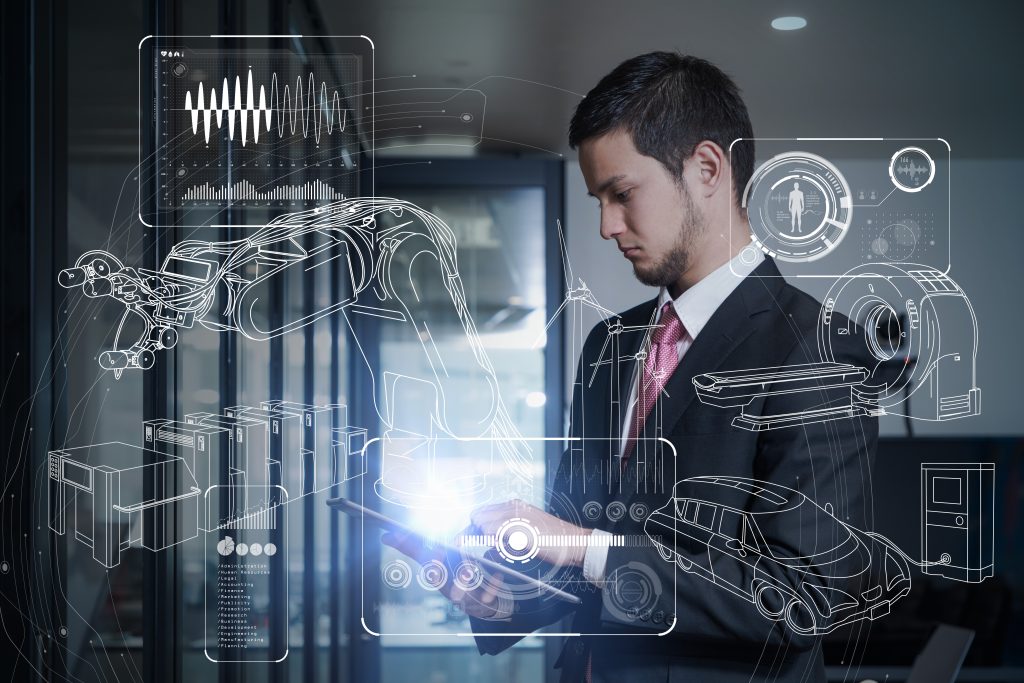Jumpstarting The AM and Generative Design Workflow:
Imagine being able to describe a few key design points—optimal weight and strength characteristics, for example, or a preference for a particular material—and have software dream up some organic shape you never could have imagined. As if that weren’t ground breaking enough, what about being able to produce that innovative component without any of the limitations of traditional production methods like injection molding or CNC milling.

This scenario is no longer an engineering pipedream. Thanks to an emerging category of generative design software and a growing army of moderately-priced and highly diverse 3D printing technologies, it’s now readily possible for engineering teams to change the way they concept and design new products. Instead of lengthy development cycles focused on optimizing a handful of potential designs, development teams now have the freedom to iterate more extensively. That means being able to put all kinds of far-out ideas through their paces as part of a healthy design exploration process.
So how does an engineering organization transition to this new design approach? Obviously, the first step is investing in the new technologies, either purchasing a standalone generative design tool or upgrading existing CAD programs, given that many now incorporate such capabilities as part of their expanding tool palettes. In addition, 3D printing technologies need to be embraced at a departmental level and integrated into the regular design workflow, not just tapped as an expensive centralized resource that is used intermittently.
Deploying the hardware and software is just the tip of the iceberg, however. Installing a desktop metal 3D printer and introducing new generative design tools is not a magic bullet for changing people’s behavior or longstanding design practices. The real work will involve transforming the engineering culture, most notably evolving individuals’ longstanding ways of working and collaborating.
Creativity Unleashed:
Traditionally, a lot of engineering work is sequential, with the different silos focused on their own tasks and coming together at a later stage to evaluate the trade-offs between a handful of mostly baked designs. The teams do some level of iteration, but the optimization is primarily limited to a handful of choices in order to keep the process moving and to meet specific project milestones.

With an AM and generative design approach, there is a heavier focus on collaboration and iteration at the front end of the design process. Think along the lines of white boarding or paper and pen concept design. With generative design software, engineers can identify specific parameters and see what the software comes up with. They can keep refining that idea as well as tweaking parameters to unleash an even greater number of possibilities. Instead of being limited to a couple of optimized designs, they can literally push the creative envelope, increasing the chance of ideating something truly ground breaking. And with AM technologies, they can easily output those concepts as a physical prototype at minimal expensive and without the heavy lifting so they can get a realistic feel for the concept as it comes together.
Not every engineer will be comfortable with this new mindset and not every organization is ready to break the mold on traditional ways of working. To get everyone engaged, it helps to unleash the new tools and design approach on a few pilot projects and showcase the results to build enthusiasm and trust among the broader engineering organization. It is also a good idea to put some training in place to introduce the new functionality, but also to showcase it in the context of how it can improve existing design workflows.
There’s no doubt change is difficult. Yet once engineers get a taste for what’s possible, it’s only going to whet their appetite for the design freedom unleashed by generative design and AM.
Editor’s Note: Do you consider technology innovations, such as generative design and AM, to be an engineer’s dream? Curious to learn more about AM and digital experience platforms? Then register for our 3DEXPERIENCE FORUM 2019, taking place May 13-16 at Caesars Palace, Las Vegas.
